Introduction
The Le Vau Educational Pavilion, constructed from wood and rammed earth, serves as a beacon of sustainable architecture and community engagement within the 20th arrondissement of Paris. This innovative project addresses the intersection of architectural design, pedagogy, and community integration, while also championing the imperative of decarbonizing construction practices.
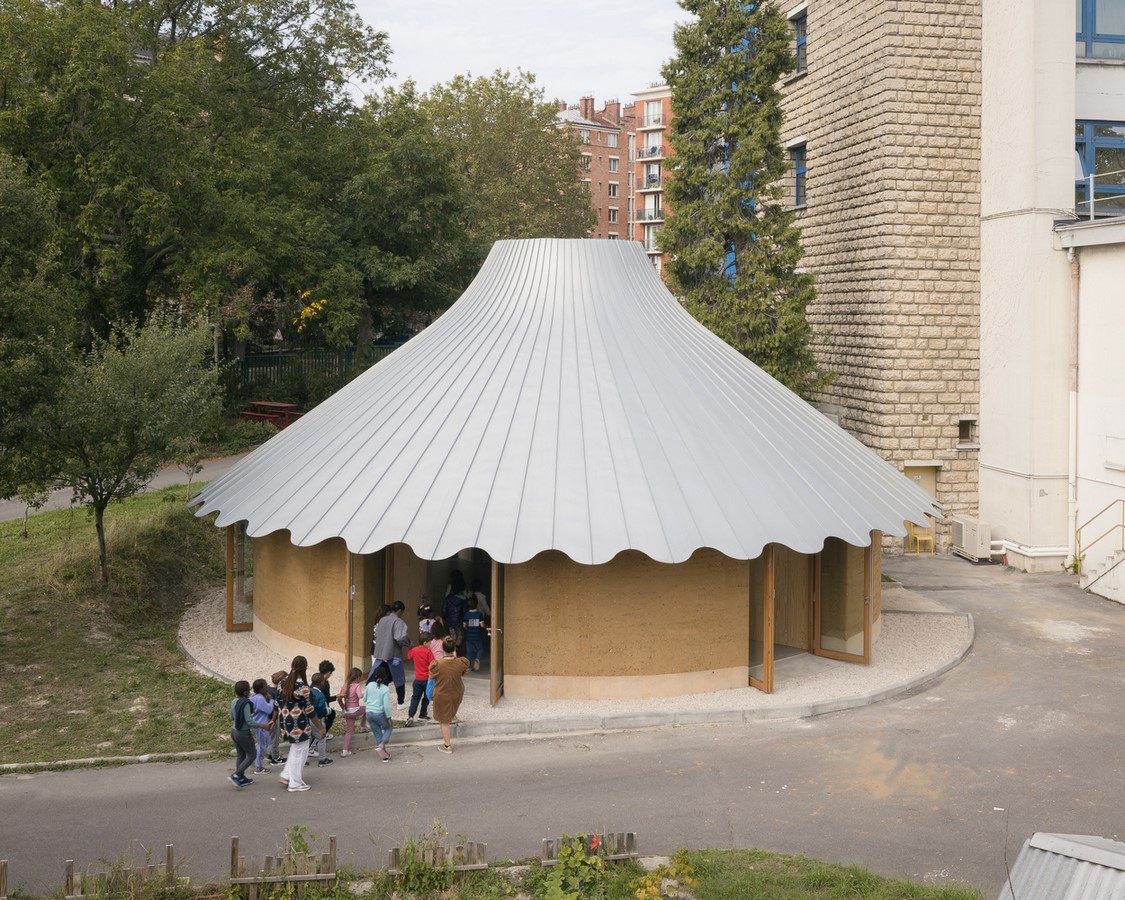
Collaborative Initiative
The inception of the Le Vau Pavilion stemmed from collaborative efforts, including the OASIS program and the participatory budget of the City of Paris, alongside insights from the teaching team at Le Vau school. Recognizing the need to enhance parental engagement and reshape perceptions of educational institutions, the pavilion was conceived as a transformative space to foster connectivity and inclusivity.

Greening Schoolyards
The OASIS program, dedicated to greening schoolyards to mitigate urban heat, provided a crucial framework for the project. Witnessing the transformation of vacant spaces into vibrant hubs within the school complex, the idea to establish an educational space in the courtyard gained momentum through the participatory budget.

Holistic Architectural Approach
L’Atelier Senzu adopted a holistic approach to address the multifaceted objectives of the project. This encompassed accommodating dual functionalities within the architecture, fostering connections between the school and its surroundings, and prioritizing sustainability in construction methods.
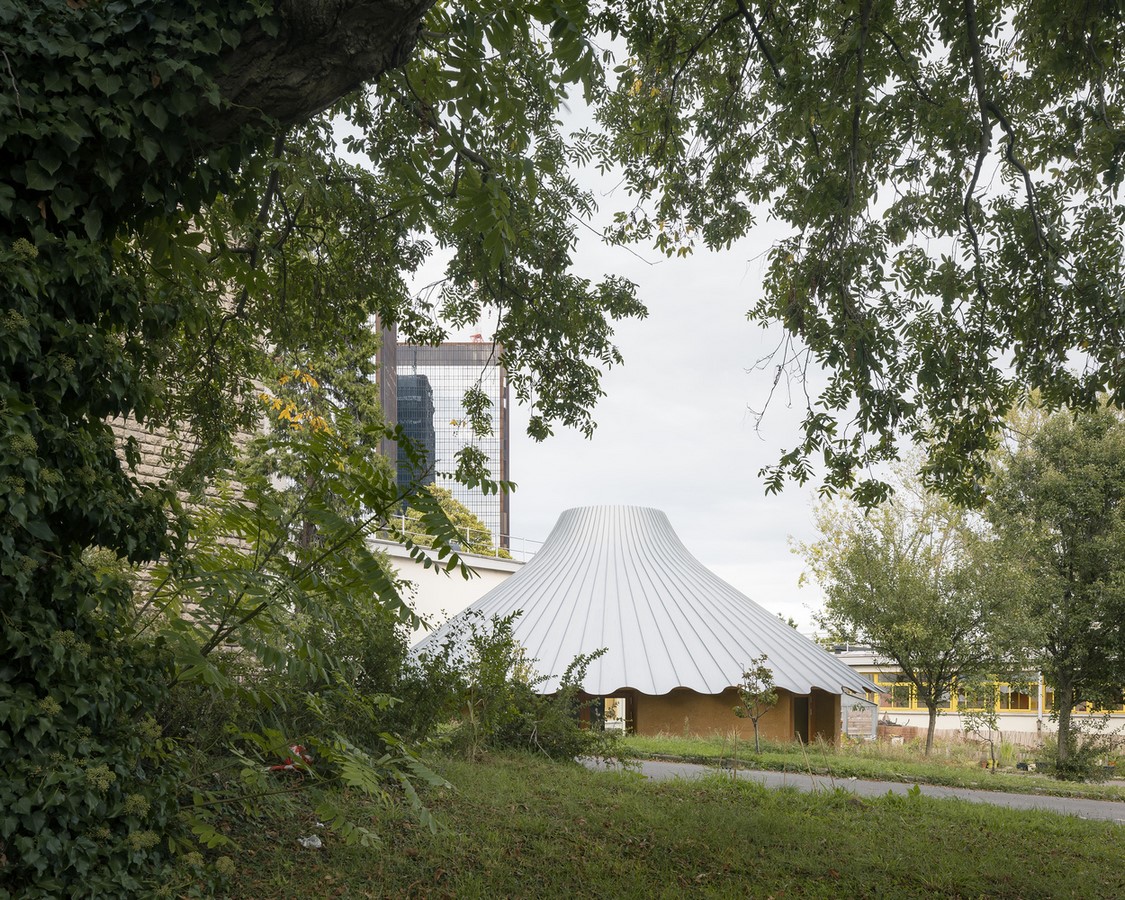
Innovative Design
The innovative design of the Le Vau Pavilion manifests in its circular form, departing from the conventional rectangular structures found in educational settings. The circular layout promotes diverse, collective arrangements, fostering an egalitarian atmosphere. Drawing inspiration from carousels, the facade rejects hierarchical design in favor of inclusivity.

Sustainable Materials
Rammed earth was chosen as the primary material for its structural integrity, thermal properties, and environmental sustainability. By utilizing geosourced, biosourced, and decarbonized materials, the pavilion proudly claims to be Paris’s first load-bearing rammed earth building.
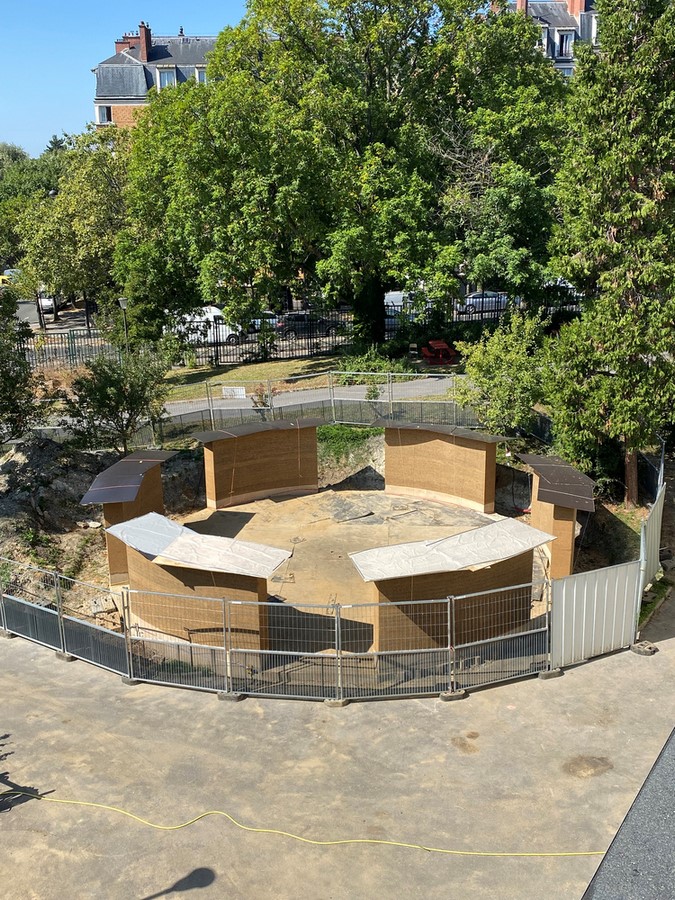
Conclusion
The Le Vau Pavilion, with its distinctive circular design, strategic location, and innovative use of sustainable materials, emerges as a welcoming and inspirational space for children, parents, and educators alike. This project not only enriches the educational experience but also contributes tangibly to climate goals, paving the way for a greener and more inclusive future.

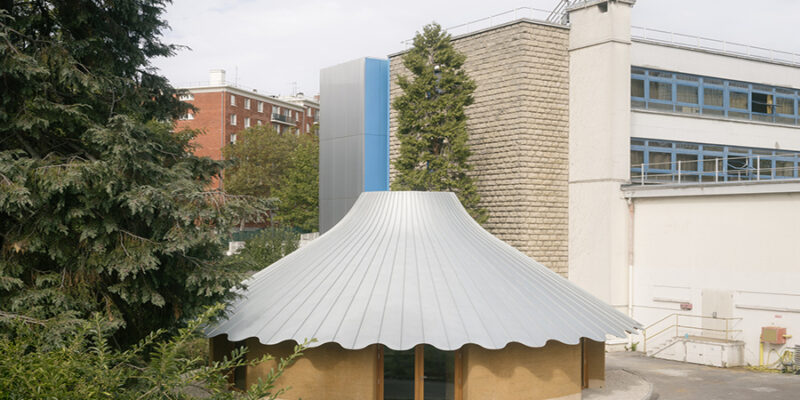
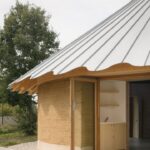



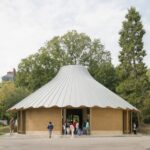
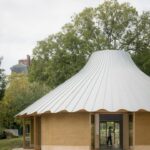




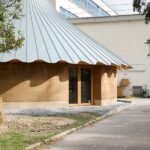
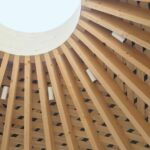
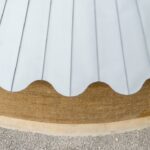

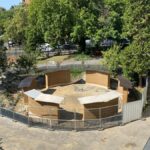
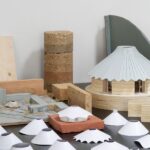
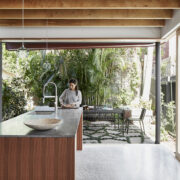

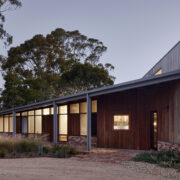
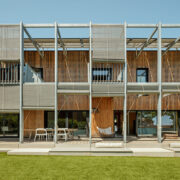




Comments